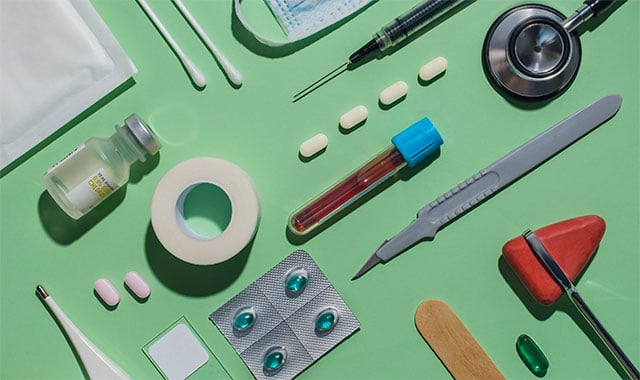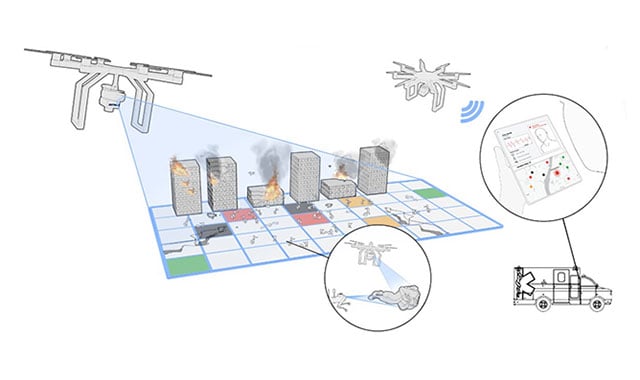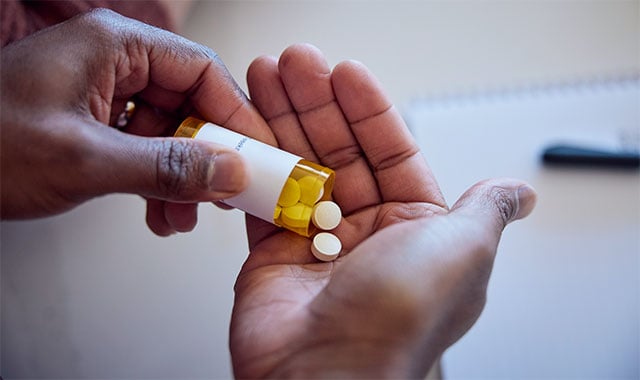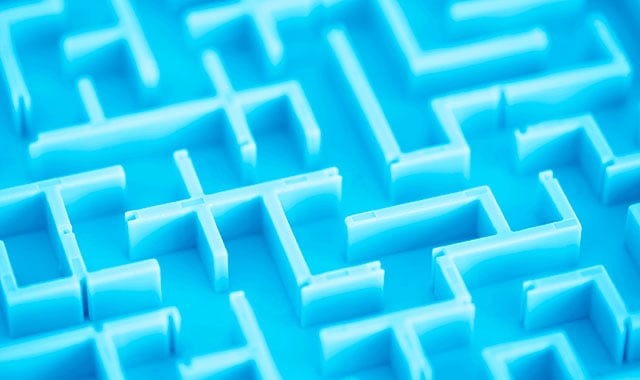Deploying a Circular Economy for Medical Devices

Sustainability and ESG initiatives have all taken center stage in the news and corporate strategies, often leaving organizations uncertain about how to navigate the complexity of implementing greener practices.
The Healthcare Challenge
In healthcare, the one-time-use model is even more glaring. Individuals with diabetes and insulin therapy require frequent use of medical supplies such as sharp needles, plastic syringes, injector pens, and glass vials.
In the United States alone, it is estimated that over 7 billion insulin pens, needles, and syringes are discarded annually.1
A complex regulatory landscape means implementing waste reduction strategies in healthcare is not as simple as it may seem. Patient safety, including cross-contamination and biohazard risks, has influenced the infrastructure and systems in place today.
Not only that, but reusable devices are an investment. Once used, they require additional steps to be reprocessed. During this time, devices are collected, transported, sterilized, and assessed for sterility assurance. This process can be timely but also financially not feasible given additional devices must be purchased to cover gaps in sterilization processing workflows.
Many medical devices are not designed to withstand sterilization processes, creating product-performance issues once reprocessed. Combined with the added expense of replacing damaged products or degradation, single-use devices can often be the most economical choice.
These limitations mean that in many cases, manufacturers will design medical devices to be thrown away.
The Benefits of a Circular Economy
The traditional, linear model of "take-make-dispose" takes raw materials and turns them into goods that are later discarded. This system is full of inefficiencies, depletes valuable natural resources, and creates mountains of waste in landfills.
Enter the circular economy. The circular economy is an approach to resource management that prioritizes sustainability throughout the supply chain. The core principles are to eliminate waste, circulate products and materials, and regenerate nature, establishing a closed-loop system.2
Establishing a circular economy has a host of financial and environmental benefits. Some may be more obvious than others.
A circular approach can lead to reduced carbon emissions, enhanced resource efficiency, and less medical waste in landfills.
There is also a cost-savings element. A single, upfront investment in raw materials drives down the long-term cost-per-use of the finished good.
Strategies for Change
Battelle has taken a holistic approach to medical device design for decades. We can leverage our expertise in chemistry, materials science, and human centered device design and development to support your eco-design initiatives while meeting performance and quality standards.
Here are six tactics to consider as you move from a linear approach to a circular economy.
Refuse
Sometimes products don't need to be purchased in the first place. Implementing procurement strategies that favor environmentally friendly materials circumvents the need for disposal.
Reduce
One of the core tenets of the Three R's, a conscious effort to reduce the number of materials used in the manufacturing process lowering the carbon footprint and energy use. Finding ways to combine disposable components with reusable devices is another way to implement this strategy.
Reducing packaging materials is another significant opportunity and can be easier than reducing device materials.
Reuse
In the most basic terms, this means reusing something as many times as possible before throwing it away for good. Of course, it's not always that simple, especially when managing medical devices that may be contaminated after use.
The necessary processing involved introduces additional design constraints with material compatibility. There is also a stigma around reusables in certain healthcare settings, with some clinicians considering disposables cleaner and safer.
A full lifecycle analysis is also important here. Reusable products require durable, high-quality materials. It's possible for these types of raw materials to negate any carbon savings. It also opens the door to more nuanced conversations about energy and carbon pollution versus waste and trash pollution.
Additionally, the sterilization and reprocessing of medical devices can result in significant emissions that can outweigh the carbon cost of making a disposable option.
Repair/Refurbish
Criticality and value tend to impact the decision of whether to refurbish or dispose of an item. Repairing and refurbishing are common for high-value equipment like X-rays, MRIs, and ultrasound systems, while low-cost, high-volume items like auto-injectors are more likely to be discarded. 3
Strategies like product-service systems (PSS), where companies offer both products and servicing, can create value for the customer without increasing the environmental impact.
Renting, leasing, or sharing resources can create sustainable solutions rather than just selling a product or sending it to a landfill.
Repurpose
Larger medical equipment can be disassembled, and components can be harvested for use elsewhere. Repurposing can include extracting precious metals from electronics, using reprocessed plastics in new products, and taking functional parts from broken machines for refurbishment.
Products that can't be reused in a hospital setting can also be repurposed for use in laboratories.
Recycle
Recycling medical devices into new products comes with additional considerations. Most medical devices are made from a variety of materials. Separating them for recycling is difficult and beyond the capabilities of most United States recycling facilities.
Implementing design for disassembly is a proactive approach but must prioritize safety and user needs.
Recycling also requires manufacturers to develop takeback programs to collect used devices. Successful takeback programs depend upon buy-in from stakeholders, including patients, and often call for additional disinfecting protocols.
Read our recent blog "Sustainable Development in Drug Delivery Devices" for more.
How big is your footprint?
It's important to consider the complete impact of your strategy. Some of the tactics discussed take place outside the direct supply chain, but the impact should not be ignored. Practices like takeback programs and reprocessing involve transportation and energy use that contribute to the environmental footprint of the total value chain.
Their impact is categorized by emission scope. Scopes 1 and 2 are greenhouse gas emissions that are controlled by a company or from purchased energy use. Scope 3 emissions are an indirect result of a company's activities. Since they are so broad and difficult to track, they are often omitted from sustainability goals.
Sustainability at Battelle
Battelle takes an integrated approach to sustainability through our eco-design process that involves alternate material selection, designing reusable device components, reducing product dimensions and weight to minimize environmental impact, and optimizing manufacturing and assembly processes to reduce our client’s carbon footprint.
With over 65+ years of medical device experience and decades of environmental remediation research and development, we are at the forefront of developing soy-based and BPA-free plastics and work across cross-disciplinary teams to ensure sustainable materials are durable, compatible, and meet functional requirements.
For additional information related to our eco-design process, reference our blog titled Sustainable Development in Drug Delivery Devices.
Featured Expert

Grace Lillie
Mechanical Engineer
Grace Lillie is a seasoned Mechanical Engineer with over three years of industry experience at Battelle, supplemented by five semesters of co-ops in medical device companies and sustainability consultancies. Currently, she is focused on the design, development, and testing of medical devices in the Medical Device Solutions group at Battelle, regularly reporting results to clients. Grace holds a B.S. in Mechanical Engineering from the University of Cincinnati, supplementing her expertise in medical device testing and validation, MEP, LEED, LCA, and sustainability.
References:
- How to Dispose of Insulin Needles, Pens, Syringes, and Vials? – 4AllFamily
- What is a circular economy? | Ellen MacArthur Foundation
- Kane, G.M., et al. “Toward design strategies for circular medical products.” Resources, Conservation and Recycling, vol. 135, 2018, pp. 38-47, https://doi.org/10.1016/j.resourcesconrec.2017.07.030
Related Blogs
BATTELLE UPDATES
Receive updates from Battelle for an all-access pass to the incredible work of Battelle researchers.








